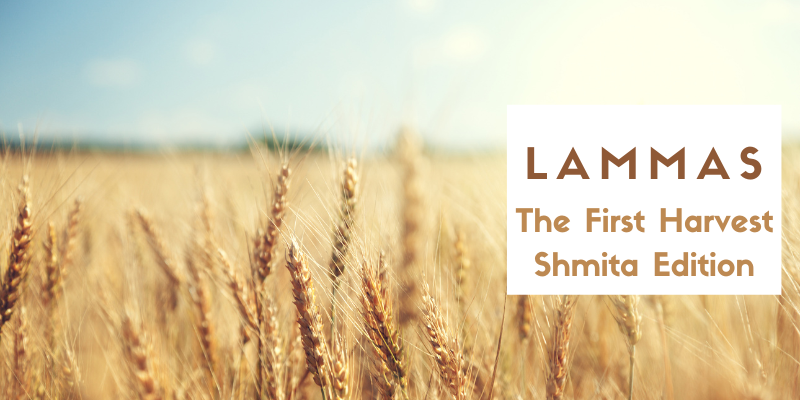|
Lammas is a festival marking the grain harvest and is the midway point between the summer solstice and the fall equinox. The standard invitation is to reflect on what was planted in the spring to see what you are harvesting now. And if this is your headspace this year I invite you to check out last year’s post.
My headspace is swirling with thoughts and questions of rest and paring down. “What do you need to let rest?” “What needs to be released?” are a couple questions that come to mind. While these questions on the surface don’t seem to align with the harvest season we are in, the questions are central to land-tending and soul-tending in modern times. The questions at heart are about discernment - making decisions to create environments where the land and humans can thrive. Contrary to what society wants us to believe (indoctrinated us to believe), we cannot keep producing without rest. A continuous churning of productivity will eventually lead to nutrients lost and burnout both of land and people. We want so much to thrive and often the messaging is to hustle to achieve thriving. But rest is a vital part of the production process and we must tend these boundaries for ourselves in a culture that encroaches on our body-landscapes continuously. In the Jewish tradition we have what is called Shmita. Every seven years we were commanded to let the fields rest, and in turn, we were released from some of the demands of our daily lives. This seventh year, a Sabbath year, is called Shmita - Hebrew for “release”. In the modern era the Shmita year has become a guiding principle not just for physical land, but also for our inner landscapes. Shmita can take the form of letting our home gardens rest, taking sabbaticals from busy schedules, or simply using discerning questions to help us prune our lives from what no longer feeds us. How does one let the land rest and still survive? It certainly takes some planning, embracing interconnectedness, and a redistribution of focus. AND when Shmita is followed the land doesn’t rest as much as it’s given the chance to do its own thing. Land still produces without human intervention - it simply and naturally finds it own rhythm and possibilities for growth. It is a year of releasing the land from expectations and bending to human desires. What would your year be like if you gave yourself the same release? During the traditional time of harvesting what happens in a year when there is nothing to immediately gather? How does taking time to rest and renew feed our relationship to time? Many lives have returned to the busy-ness of pre-pandemic (though the pandemic isn’t over) and to consider taking a rest so soon after many experienced the pandemic as a forced time out seems a hard NO. As humans we love all or nothing…but there is so much in between. We can rest our bodies, minds, and our land in micro and macro ways. We can rest to discern what has meaning and what needs to be released without putting ourselves in a time out that goes against our nature. You do you. AND…how do you know you? The you that isn’t cultivated and curated? The you that isn’t trimmed and organized? The you who is like the land left to be feral and free? I would argue one of the ways to answer these soul-touching questions is to give yourself some spaciousness and time…to be like the land in the Shmita year, and see how you grow when returned to your natural way. Blessings, Valerie
0 Comments
Leave a Reply. |
�
Blog Archives
May 2023
Categories
All
|


 RSS Feed
RSS Feed